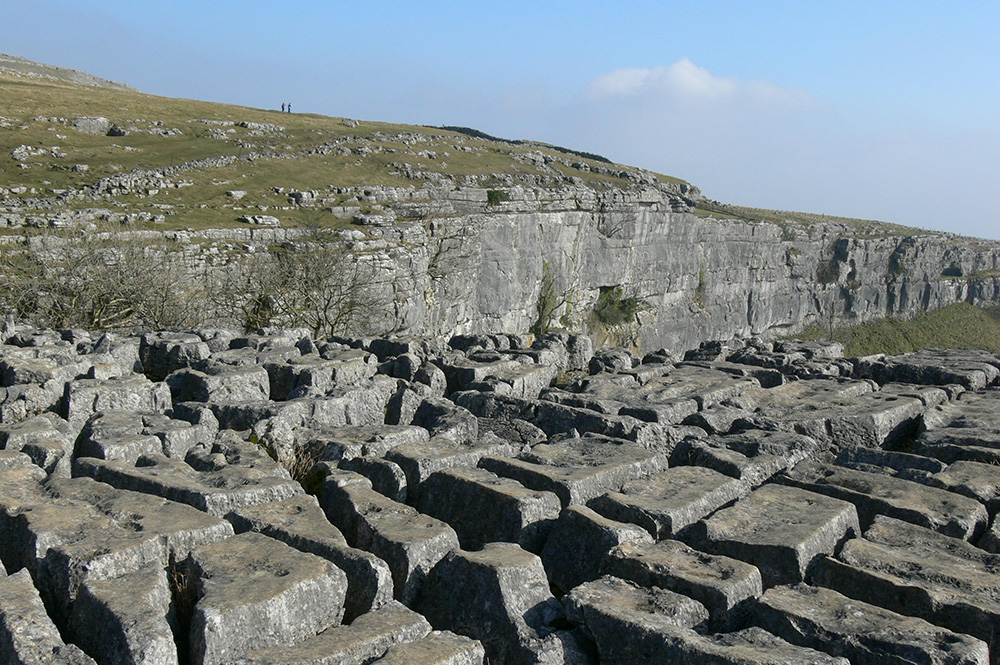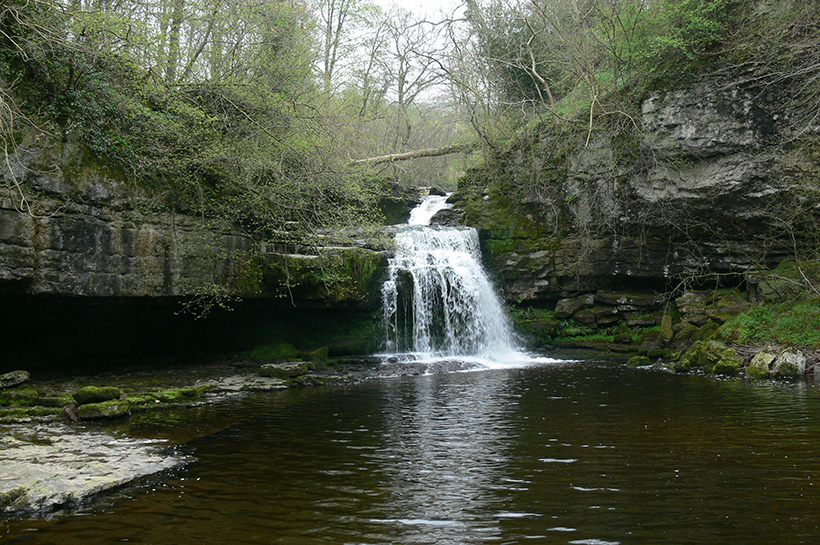As a method of classifying designated geological sites, and for conservation purposes Natural England, and the other UK statutory conservation agencies use the recently modified Earth Science Conservation Classification (ESCC) (English Nature 2006):
i) Exposure or extensive (E) sites are defined wherever geological features are relatively extensive beneath the surface:
| Types of Exposure or Extensive Sites | Code |
| Active quarries and pits | EA |
| Disused quarries and pits | ED |
| Coastal cliffs and foreshore | EC |
| River and stream sections | EW |
| Inland outcrops | EO |
| Exposure underground mines and tunnels | EU |
| Extensive buried interest | EB |
| Road, rail and canal cuttings | ER |
ii) Integrity (I) sites have geomorphological features, such as drumlins, screes and karst features:
| Types of Integrity Sites | Code |
| Static (fossil) geomorphological | IS |
| Active process geomorphological | IA |
| Caves | IC |
| Karst | IK |
iii) Finite (F) sites contain limited or rare geological features such as fossils or minerals.
| Types of Finite Sites | Code |
| Finite mineral, fossil or other geological | FM |
| Mine dumps | FD |
| Finite underground mines and tunnels | FU |
| Finite buried interest | FB |










